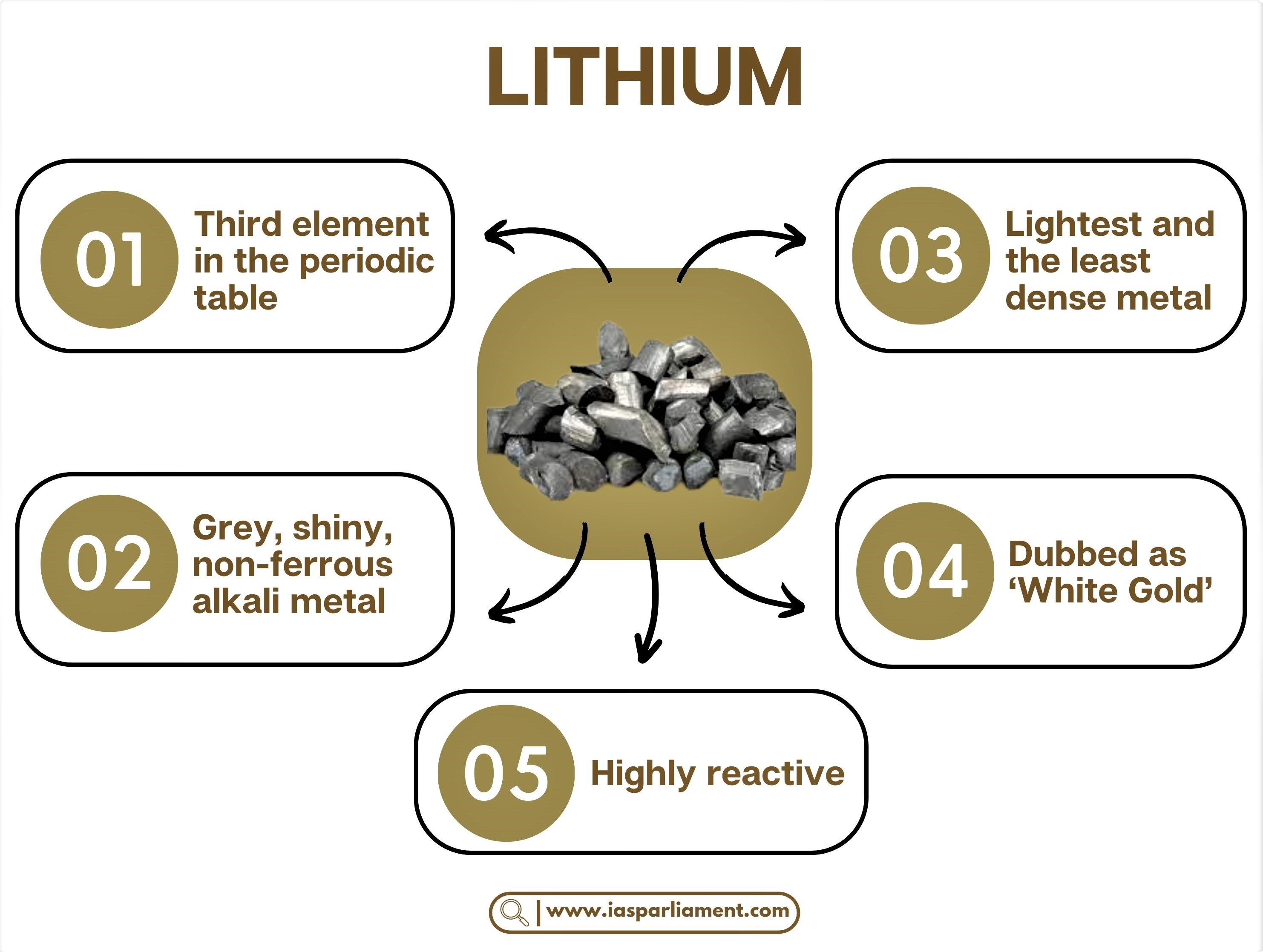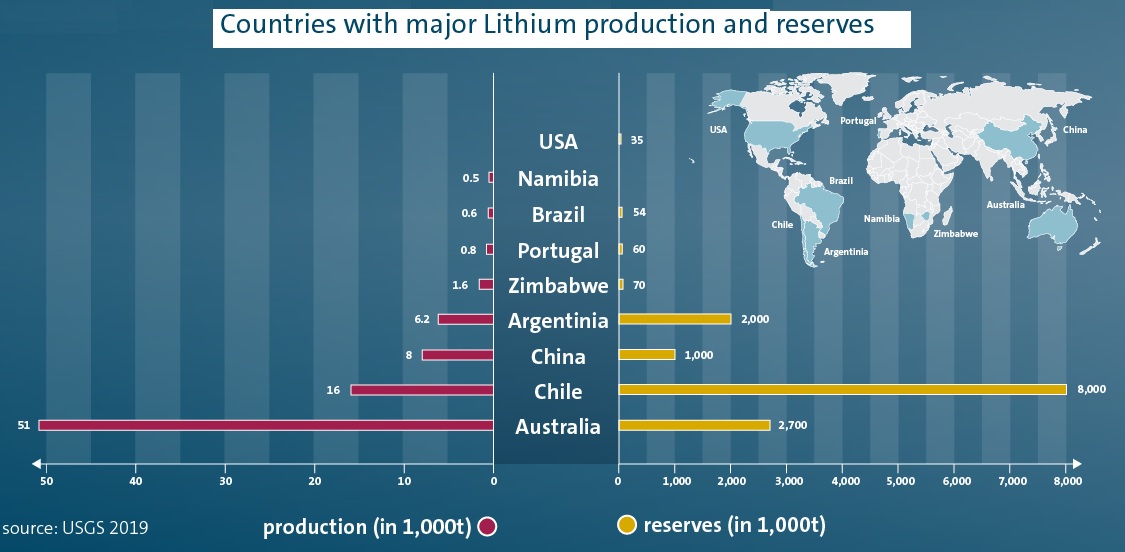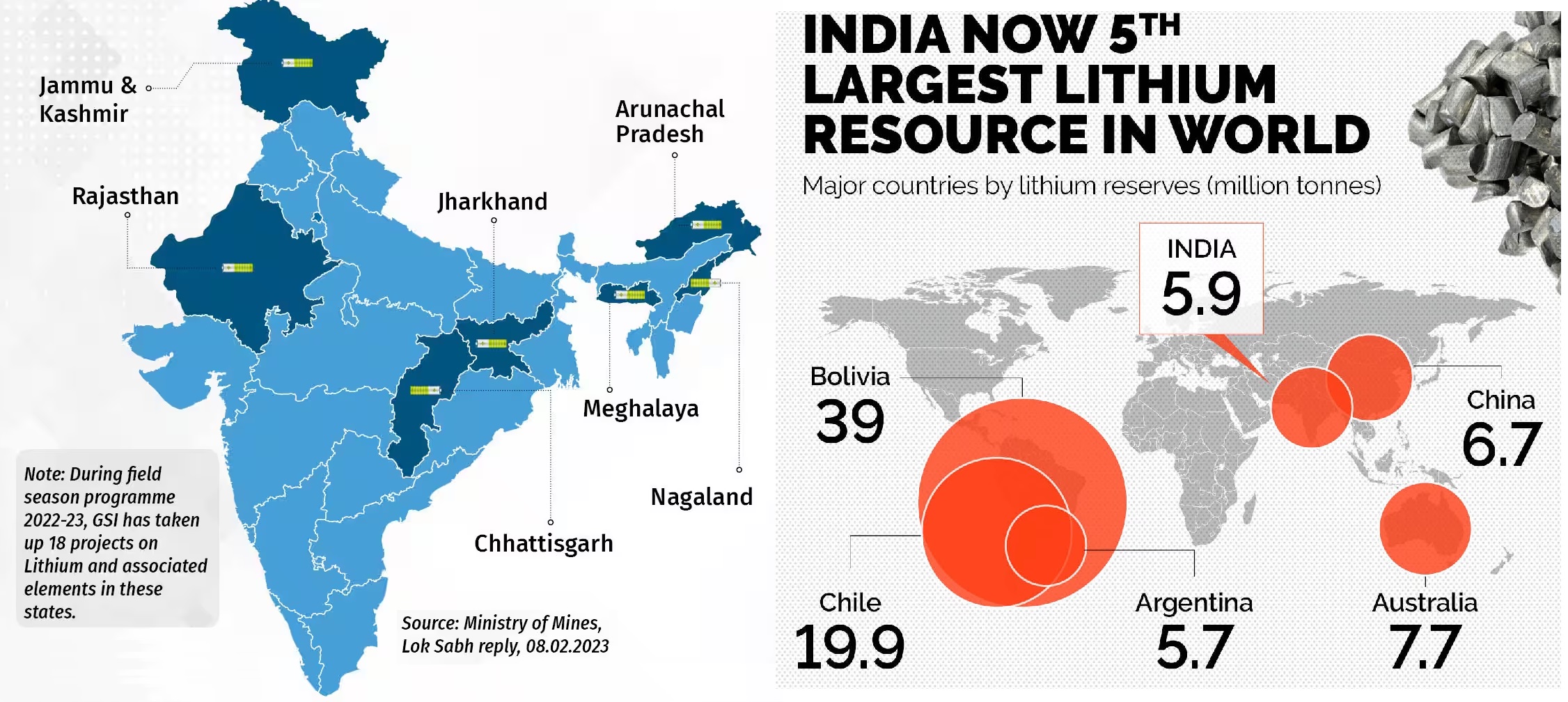7667766266
enquiry@shankarias.in
A World Bank study suggests that the demand for critical metals such as lithium (Li) and cobalt is expected to rise by nearly 500% by 2050.



To reduce dependence on China, the Indian government is pushing for a ‘Rare Earths Mission’ to exploit the country’s critical mineral reserves, which account for 6% of the world’s rare-earths’ reserves.
In 2019, the Nobel Prize in Chemistry was given to John B. Goodenough, M. Stanley Whittingham and Akira Yoshino for their contributions to the development of the lithium-ion battery.
References